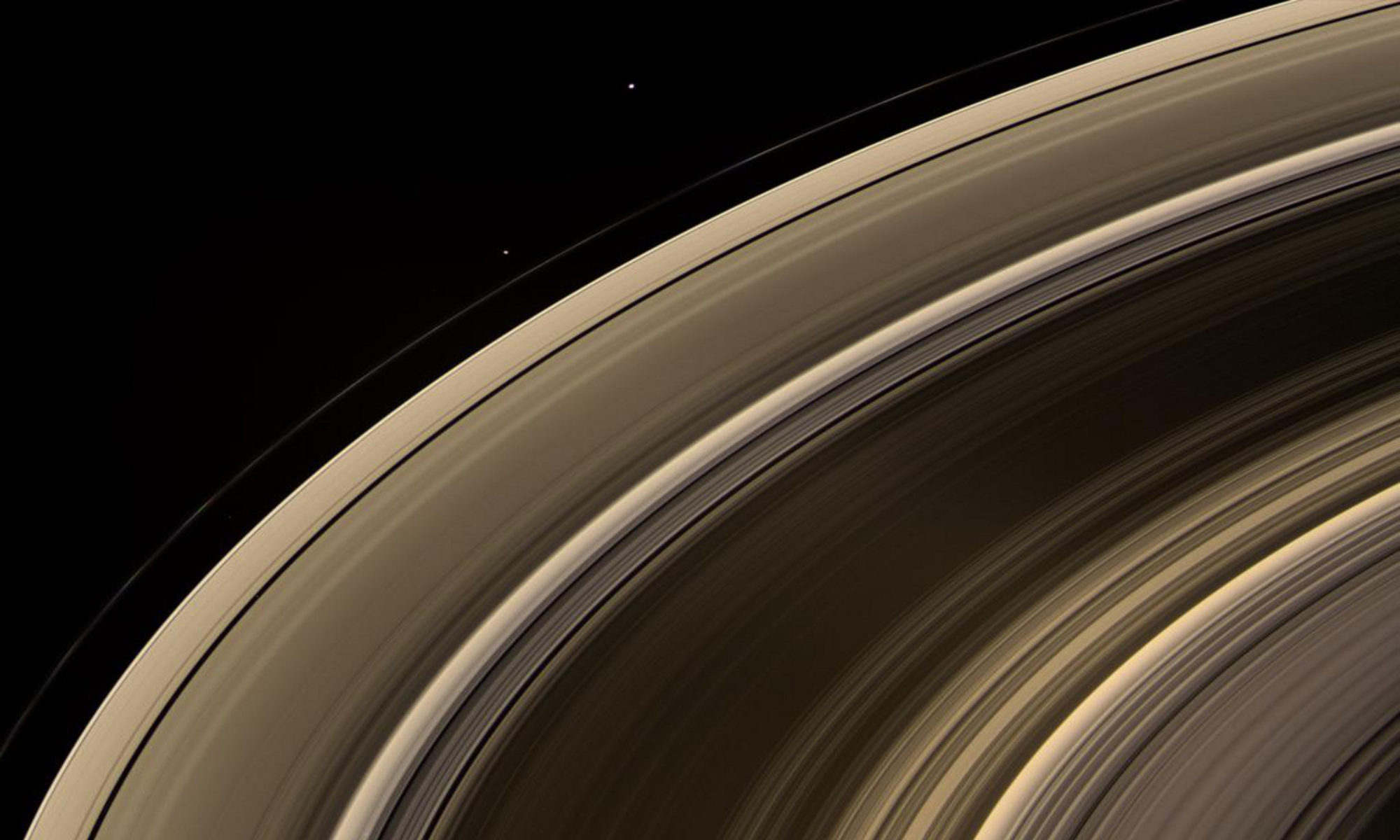This is an exciting time for citizen science and the new world of crowd funded space exploration. Following closely on the heels of the recent KickStarter campaign from Planetary Resources to launch the first publicly funded space telescope, two new KickStarter projects aim to send CubeSat class spacecraft into deep space.
For the uninitiated a CubeSat is a small inexpensive spacecraft, small enough to hold in your hand typically 10cm on a side, that typically is sent in to orbit by piggybacking on a larger spacecraft launch. These are a great way for Universities and other organizations to launch their experiments, or whatever they want really, into low earth orbit in a way that is much more affordable than a traditional satellite launch.
CAT: A Thruster for Interplanetary CubeSats
A team out of the University of Michigan Aerospace Engineering department is currently developing what they call the CubeSat Ambipolar Thruster (CAT), a low cost propulsion system for small spacecraft, allowing for the potential of low cost interplanetary missions.
The team at the University of Michigan want to expand on that concept by giving these CubeSats a propulsion system of their own, opening up the solar system to just about anyone for the first time, at about 1000 times less cost than a traditional deep space mission according to their estimates. They have launched a KickStarter campaign to fund the project, and are hoping to raise $200,000 to get their project off the ground. As with any KickStarter campaign, there are various benefits at certain pledge levels. For example, at the $60 pledge level you can have your name etched onto a gold plated spacecraft panel that will directly exposed to space during the life of the mission.
Their design, powered by water, will produce a jet of super-heated plasma that will propel the spacecraft forward. In principle, it is very similar to the Ion propulsion used by several NASA missions. However, instead of using a gas such as Xenon used by the NASA Dawn mission and others, the CAT thruster uses water as its fuel. It super heats the water to very high temperatures, ionizing it, producing a jet of high-speed particles, which provide the thrust.
LUNARSAIL: A Cubesat And Solar Sail To Orbit The Moon
Another crowd funded mission with the goal of putting a CubeSat in Lunar orbit by way of a solar sail come from Aerospace Research & Engineering Systems Institute, Inc.
A solar sail is designed to take advantage of the pressure that starlight, in this case from our Sun, exerts on objects moving through space. All objects orbiting the sun feel this pressure, even the Earth. The lighter the object the greater the effect, so the Earth doesn’t move much in response to this pressure, but a spacecraft can actually be propelled by it. This effect is also the reason why a comet’s tail always faces away from the Sun.
Their CubeSat will deploy a solar sail that will allow the Sun’s light to propel it into higher orbit and eventually to orbit the Moon. During its flight, the spacecraft will make continued measurements of the environment between the Earth and the Moon, including radiation measurements and micrometeoroid strikes, which could help to better characterize the space environment for future missions.
Kickin’ for Science!
In addition to providing cheap access to space, the CubeSat platform also provides a way, through Kickstarter campaigns like the two listed above, for citizens of all walks of life to get directly involved in science and real space missions. This is a great way for schools, small companies, and researchers, to get involved in ways that were never possible before. This is a truly exciting time. Access to space is getting cheaper all the time, which will eventually lead to a permanent human presence in space.

